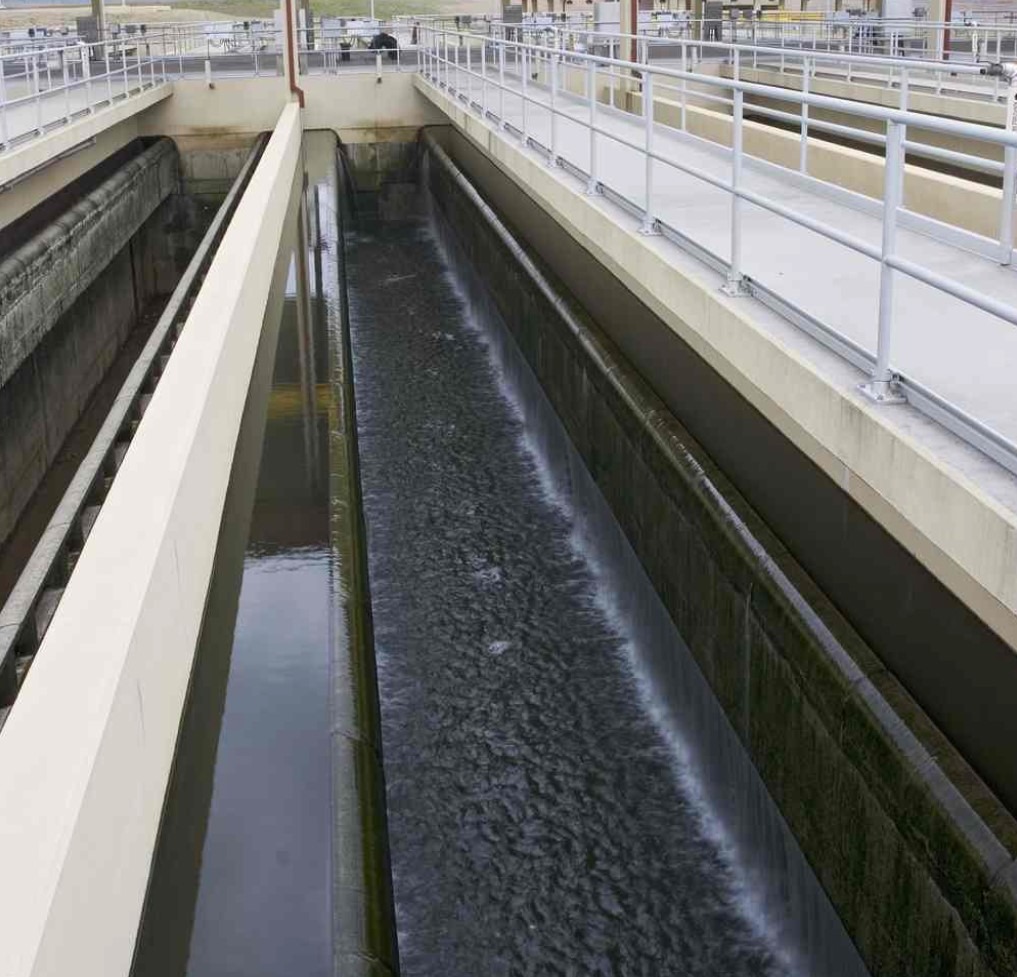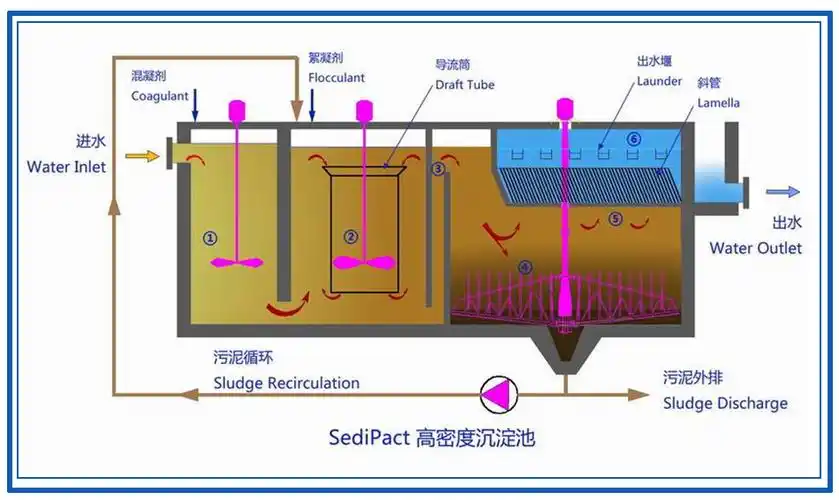1. Functions of a sewage treatment regulating tank:
1.1 Used to balance water quality and quantity, improving the stability and efficiency of subsequent treatment processes.
1.2 Effectively balances peaks and troughs in water flow to prevent overload of treatment equipment.
1.3 Promotes the sedimentation of suspended solids and the degradation of some organic matter by adjusting the retention time.
2. Classification of Regulating Tanks
2.1 Flow Regulating Tanks: Used to balance flow fluctuations, they achieve water homogenization through volumetric adjustment. They do not have a mixing function and are suitable for scenarios with large flow fluctuations.
2.2 Water Quality Regulating Tanks: Equipped with agitation or aeration equipment, they forcefully mix incoming water at different times to eliminate differences in water concentration. They are suitable for scenarios requiring balanced water quality.
2.3 Comprehensive Regulating Tanks: Combine water quantity and water quality regulation functions, using a baffled structure to extend retention time and achieve mixing, making them suitable for complex treatment requirements.
2.4 Emergency Regulating Tanks: Independent tanks specifically store sudden high-concentration wastewater to prevent impact on the biochemical system. They have a large capacity and are normally in standby mode. 3. Factors to Consider in Equalization Tank Capacity Design:
3.1 The length-to-width ratio of the equalization tank must be designed based on the flow characteristics of the wastewater and the configuration of the agitator. To ensure uniform mixing of the wastewater within the tank and facilitate maintenance of the agitator, a length-to-width ratio of 1 to 3 is generally recommended. This ensures uniform mixing and ease of maintenance.
3.2 The height of the equalization tank consists of two aspects: the bottom elevation and the water surface elevation. When determining the bottom elevation, the overall plant topography and the connection requirements of the inlet and outlet pipes must be considered to ensure smooth flow of wastewater into and out of the equalization tank. The water surface elevation is set to ensure that wastewater can flow into and out of the equalization tank normally, preventing overflow or vacuum.
3.3 To ensure uniform mixing of wastewater and pollutants within the equalization tank, the agitator must be carefully designed. Common agitation methods include mechanical agitation and pneumatic agitation, and the specific choice should be based on actual conditions and needs. Mechanical agitation promotes uniform mixing of wastewater through the shear and centrifugal forces generated by the rotation of agitator blades in the water. Pneumatic agitation uses compressed air bubbles to flush and agitate the wastewater, achieving mixing.





